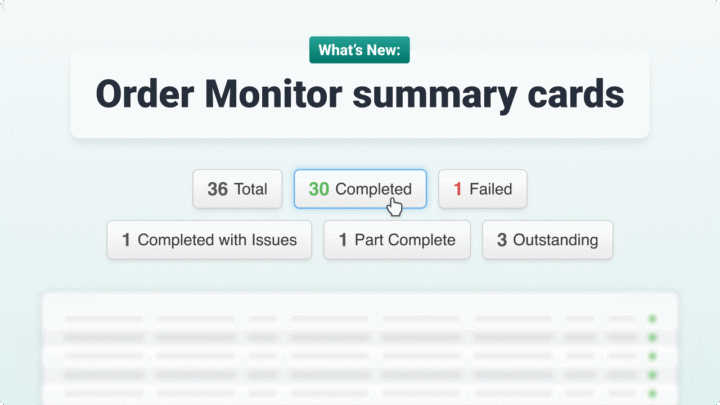Proof of Delivery software, often abbreviated to POD software, is a digital solution that verifies delivery success through capturing information such as signatures, GPS locations and photographs.
It ultimately streamlines transport and logistics operations by replacing inefficient paper-based processes with modern digital solutions.
Proof of Delivery software integrates into delivery ecosystems, such as a Transport Management System and this digital transformation eliminates a number of errors and inefficiencies.
In this article we will be looking at how Proof of Delivery software works, the key features of it, and the challenges that such systems address.
How Proof of Delivery Software works
Proof of Delivery (POD) software captures and transmits delivery data in real-time, through mobile devices, such as a handheld rugged ePOD device, used by delivery personnel.

When a delivery is completed, the software records information such as the recipient’s signature, photos of the delivered item, time and date stamps, any associated notes and GPS coordinates.
Electronic signatures capture digital proof of receipt, reducing paperwork and disputes while offering secure record-keeping.
Automated documentation electronically stores delivery data, minimising errors and freeing up resources.
This data is then instantly uploaded to a central system, providing stakeholders with immediate visibility into the delivery’s status.
Benefits of using Proof of Delivery software
Proof of Delivery software improves delivery success rates through real-time tracking.
As the status of the product is updated by capturing barcodes and taking pictures of the product’s current whereabouts, it provides transparency and enables quicker response times.
The key features of Proof of Delivery software enhance delivery reliability and efficiency, optimising logistics and strengthening customer relationships.
Read this article for a more in-depth look at the benefits of Proof of Delivery software.
Implementing Proof of Delivery software
The implementation of Proof of Delivery software necessitates a systematic approach, beginning with an assessment of the business’s specific needs.
Following this, the selection of an appropriate software solution is crucial, which must be seamlessly integrated with a business’s existing infrastructure, if they have one in place.
Effective staff training is essential, in addition to continuous performance monitoring.
Challenges and considerations
While implementing Proof of Delivery software, businesses may encounter challenges related to data security and change management.
However, the long-term cost savings and efficiency gains typically surpass the initial investment and effort.
Ensuring data security requires partnering with reputable vendors and ensuring the correct security measures are in place.
Successful change management hinges on securing stakeholder buy-in and providing comprehensive training to facilitate smooth adoption.
Conclusion
Proof of Delivery software represents a key shift in modern logistics, moving away from outdated paper-based processes towards a modern, streamlined digital ecosystem.
By integrating real-time data capture, electronic signatures, and photo documentation, POD software significantly enhances operational efficiency, reduces delivery failures, and provides greater transparency throughout the supply chain.
While implementation requires careful planning and consideration of potential challenges like data security and change management, the long-term benefits – including cost savings and improved customer satisfaction – make it an essential tool for any business seeking to optimise its delivery operations.



